Agoseris glauca, Pale Agoseris
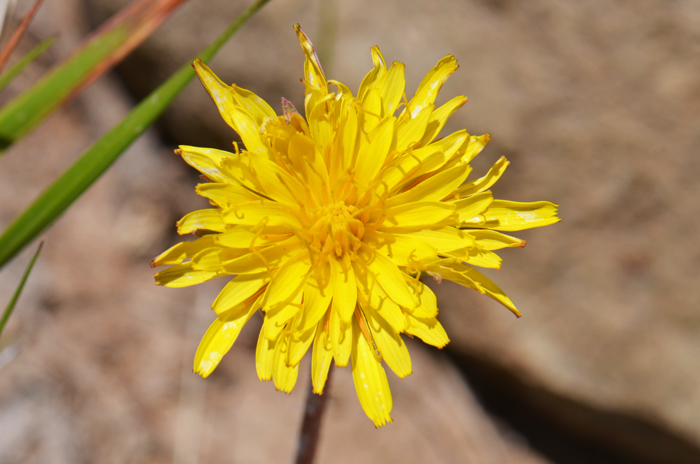
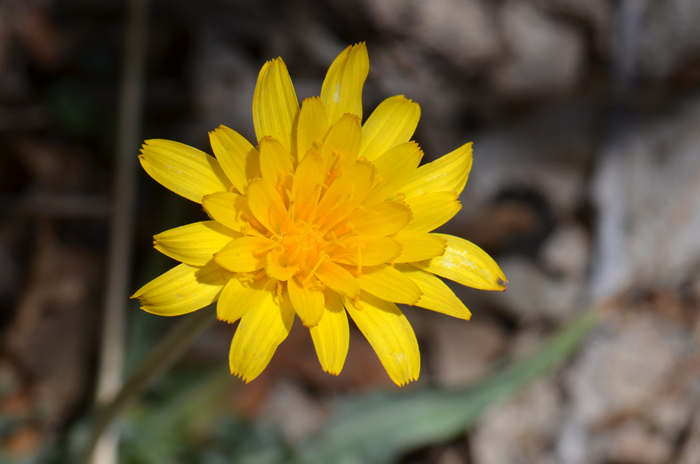
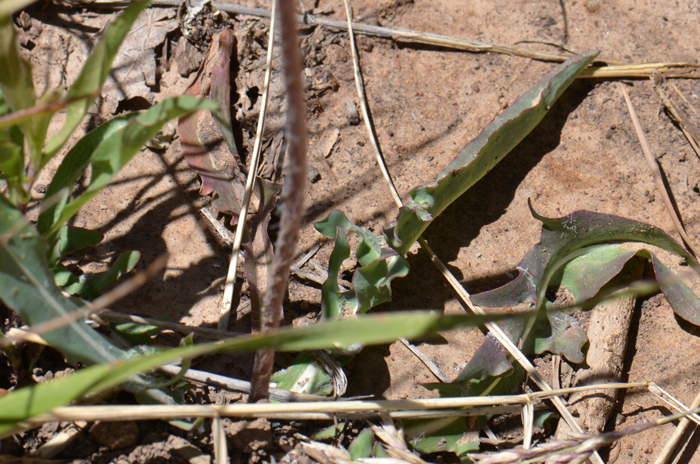
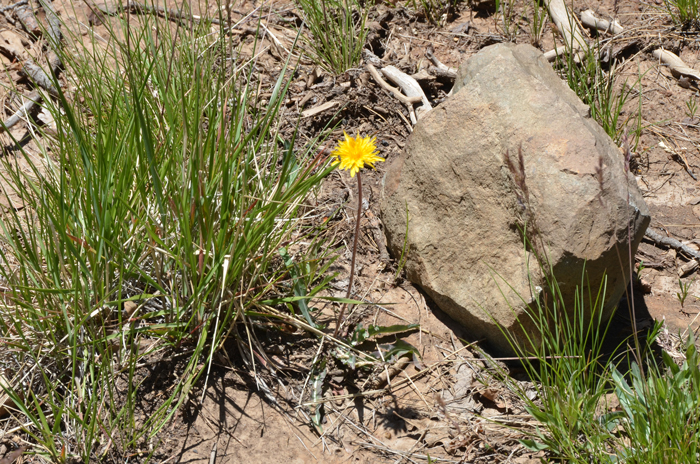
Scientific Name: Agoseris glauca
Common Name: Pale Agoseris
Also Called: False Dandelion, Pale Mountain Dandelion, Prairie Agoseris, Prairie Dandelion, Short-beaked Agoseris
Family: Asteraceae, Sunflower Family
Synonyms: (Agoseris altissima, Agoseris apiculata, Agoseris lacera, Agoseris leontodon var. aspera, Agoseris leontodon var. pygmaea, Agoseris pubescens)
Status: Native
Duration: Perennial
Size: 4 inches and up to 2 feet (10-60 cm).
Growth Form: Forb/herb; without growing stems, a stem-like flowering stalk may reach heights of 1 ½ feet (45 cm) (see photo above) plants more or less with bluish-gray (glaucous) herbage; surfaces smooth (glabrous) to wooly; milky sap; considerable vegetative variations locally and across its wide geographic range.
Leaves: Green; basal leaves only; leaves erect or growing outward and turned up at tips; shape variable; leaf edges (margins) mostly smooth or toothed; leaves smooth, bluish-gray, or covered in dense, soft, often matted short hairs, sometimes woolly.
Flower Color: Yellow; single flower heads on leafless supporting stalks; ligulate flowers; fruit is called a cypsela with soft, white bristles more or less resembling the puff ball of a Dandelion.
Flowering Season: May to September or October
Elevation: 6,500 to 9,000 feet (1,981-3,048 m)
Habitat Preferences: Mid to higher elevations in Arizona, multiple habitats; sunny open areas in coniferous forests such as meadows and slopes.
Recorded Range: Pale Agoseris, Agoseris glauca is common throughout the western half of the United States and most of Canada. In northern Arizona, Pima and Graham Counties.
North America & US County Distribution Map for Agoseris glauca.
North America species range map for Pale Agoseris, Agoseris glauca:
North American range map courtesy of Virginia Tech, Dept. of Forest Resources & Environmental Conservation
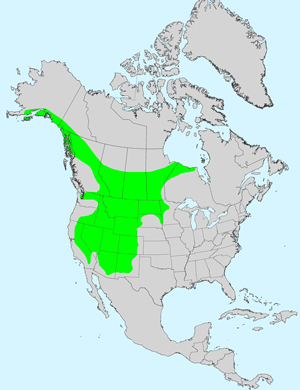
U.S. Weed Information: Unknown
Invasive/Noxious Weed Information: Unknown
Wetland Indicator: In North America, Pale Agoseris, Agoseris glauca has the following wetland designations:
FAC = Facultative, occur in wetlands and non-wetlands
FACU = Facultative Upland, usually occur in non-wetlands, but may occur in wetlands.
Threatened/Endangered Information: The State of Michigan has listed Agoseris glauca (Prairie or Pale Agoseris) as Threatened.
Genus Information: In North America there are 10 species and 10 accepted taxa overall for Agoseris. World wide, The Plant List includes 15 accepted species names and includes a further 72 of infraspecific rank for Agoseris. Common names for this genus are Mountain Dandelion and False Dandelion.
The genus Agoseris was published in 1817 by Constantine Samuel Rafinesque-Schmaltz, (1783–1840).
In the Southwestern United States: Arizona and New Mexico each have 3 species of Agoseris, California has 8 species, Nevada has 6 species, Texas has 0 species, Utah has 5 species. Data approximate, subject to revision.
There are 6 varieties in Agoseris glauca;
Agoseris glauca var. agrestis, Pale Agoseris, (CO, MN, MO, NV, ID, OR, UT, WA)
Agoseris glauca var. cronquistii, Pale Agoseris, (UT only)
Agoseris glauca var. dasycephala, Pale Agoseris, (NW U.S., Canada; AZ, CO, UT)
Agoseris glauca var. glauca, Pale Agoseris, (W½ U.S., Canada; AZ, CA, CO, NM, NV, UT)
Agoseris glauca var. laciniata, False Agoseris (W½ U.S., AZ, CA, CO, NM, NV, UT)
Agoseris glauca var. monticola, Pale Agoseris (CA, ID, NV, OR, WA).
Comments: Pale Agoseris is not a desert species and is typically found at higher elevations in mixed coniferous forest communities. It is included here because it is common and might be encountered. Pale Agoseris, also called False- or Pale-Dandelion, should not be confused with the more traditional common Dandelion, Taraxacum officinale, although it is superficially similar in appearance.
Pale Agoseris is one of 3 Agoseris species native to Arizona which also includes Annual Agoseris, Agoseris heterophylla and Orange Agoseris, Agoseris aurantiaca.
The genus Agoseris was published in 1817 by Constantine Samuel Rafinesque-Schmaltz, (1783–1840).
The specific epithet, glauca (glau'ca:) glaucous, from the Greek meaning "bluish-gray," referring primarily to the leaves of this species.
See species account from Native American Ethnobotany, University of Michigan, Dearborn.

